~させてください is used when you are asking for permission, “Please let me ~.” ~させてくださる is to express gratitude to someone for letting me do ~.


~させてください is used when you are asking for permission, “Please let me ~.” ~させてくださる is to express gratitude to someone for letting me do ~.

~させていただく/させていただきます is a humble, very peculiar way of talking about your action. See more examples to learn this pattern here.
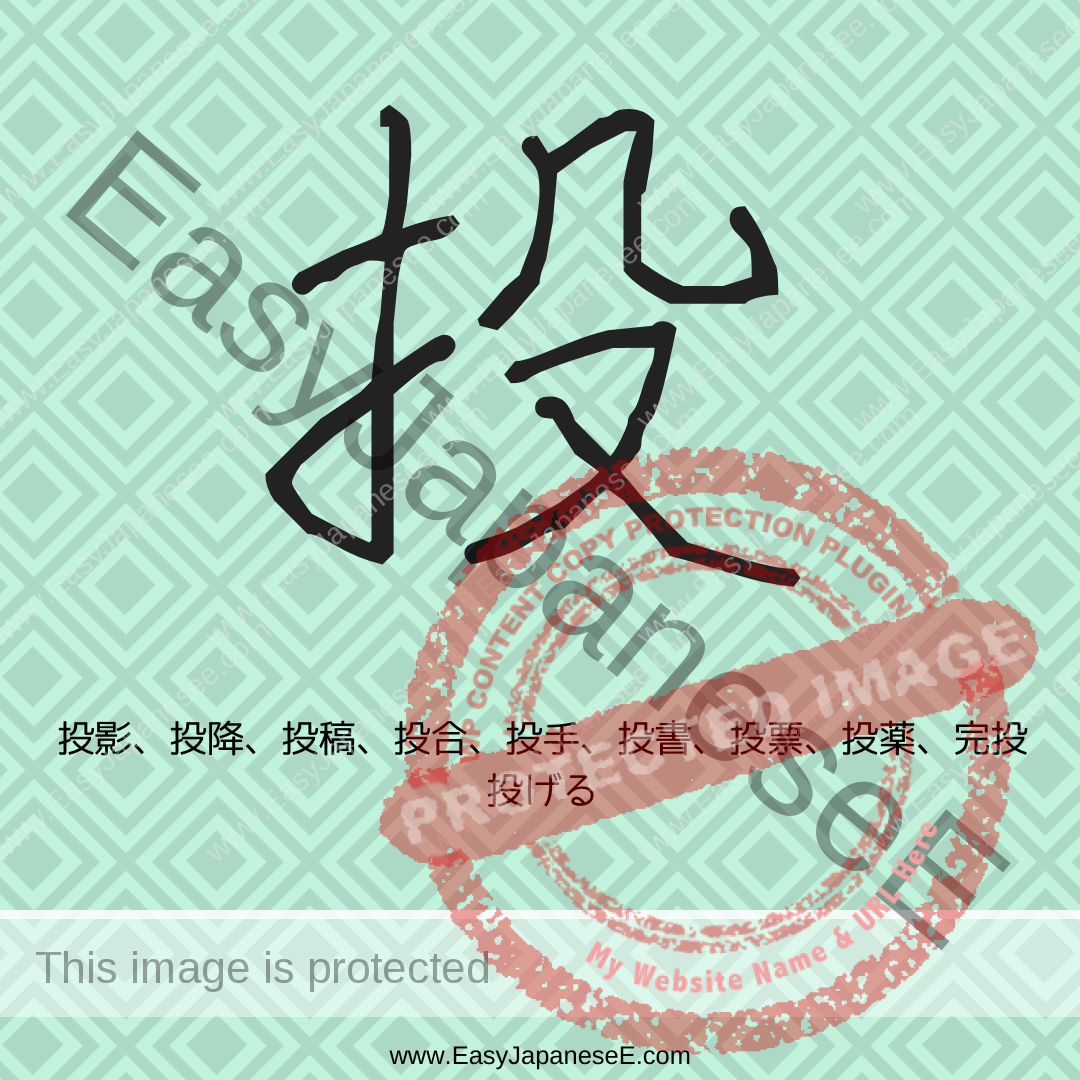
Today’s #kanji is 投, which is listed under the radical of #てへん(扌). There are multiple theories on how this character came about. Check them out here.
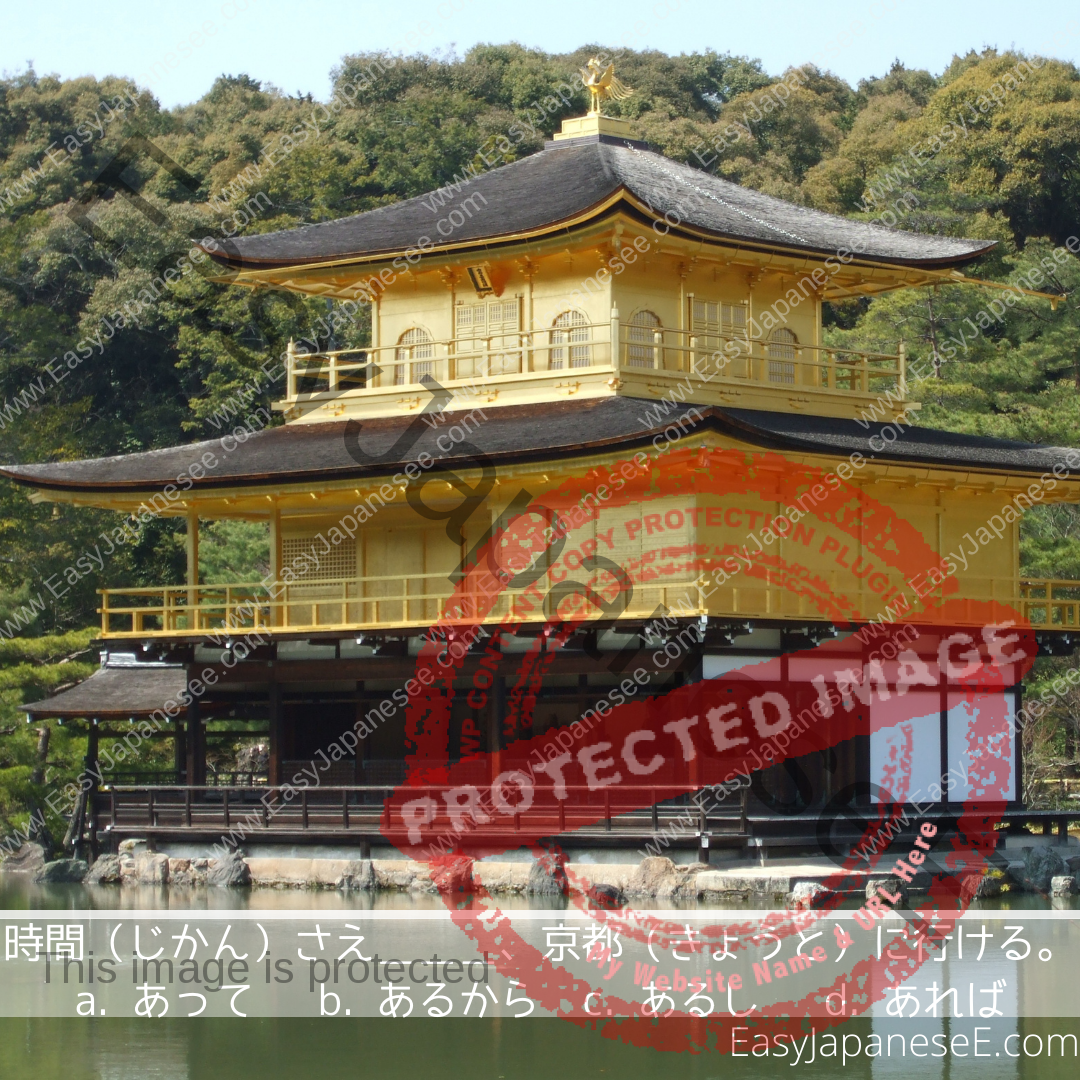
~さえ・・・ば、—。 is an expression that is used when just one thing is missing from fulfilling a condition. From that, it can mean “if only ~” or “As long as ~.”
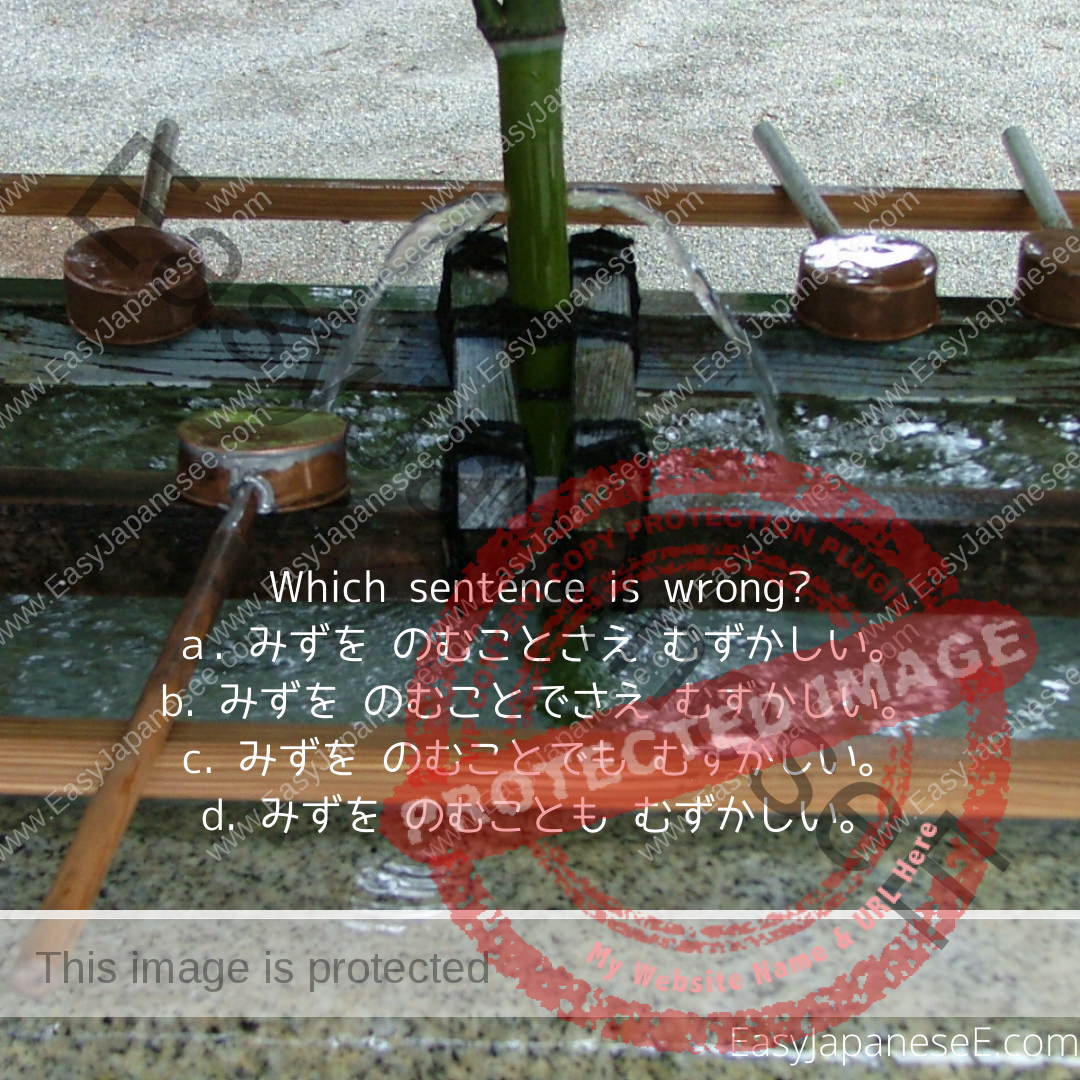
~さえ is often used to mention an extreme example so that people can guess the rest of the situation. Check the usage and more examples.

Today’s #kanji is 煙, which is listed under its semantic element of #ひへん(火). Its phonetic element is 垔, although 煙 and 垔 don’t share a sound.
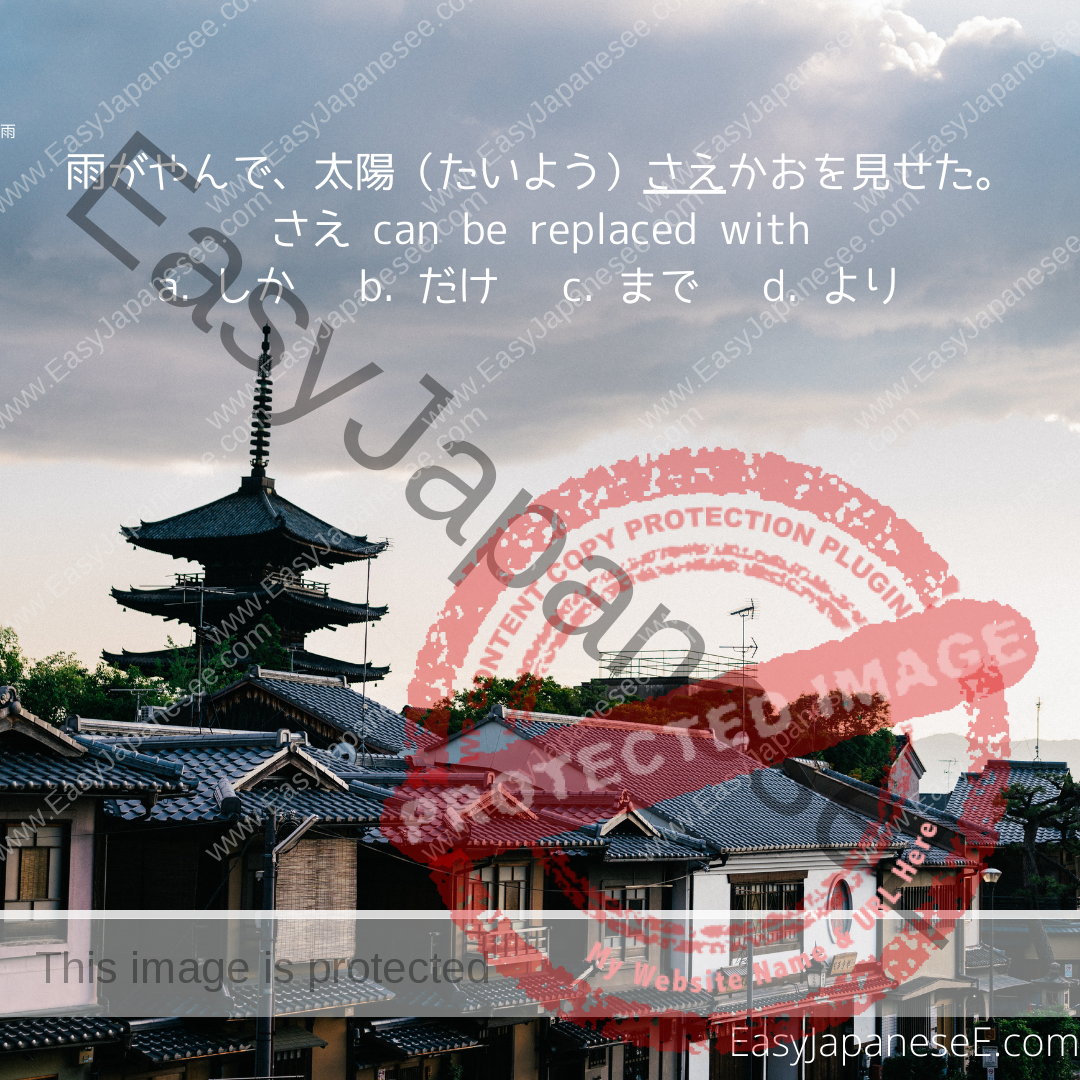
~さえ has 3 meanings. Today’s post talks about さえ which is used for accumulation. Check the usage with these examples.
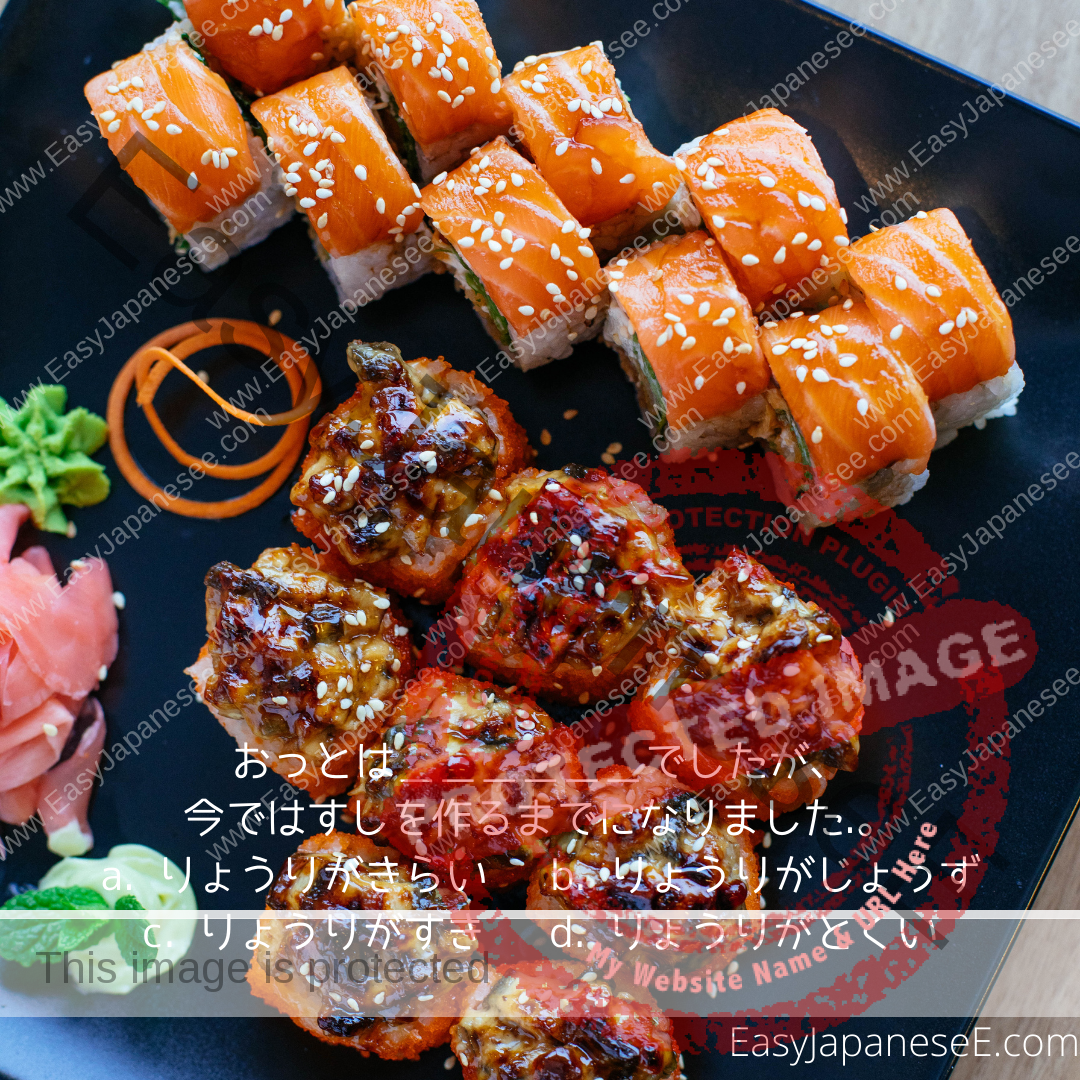
~まで is usually introduced as the end point marking particle but ~まで is also used as a limit marker and a particle to emphasise the extreme nature of a situation
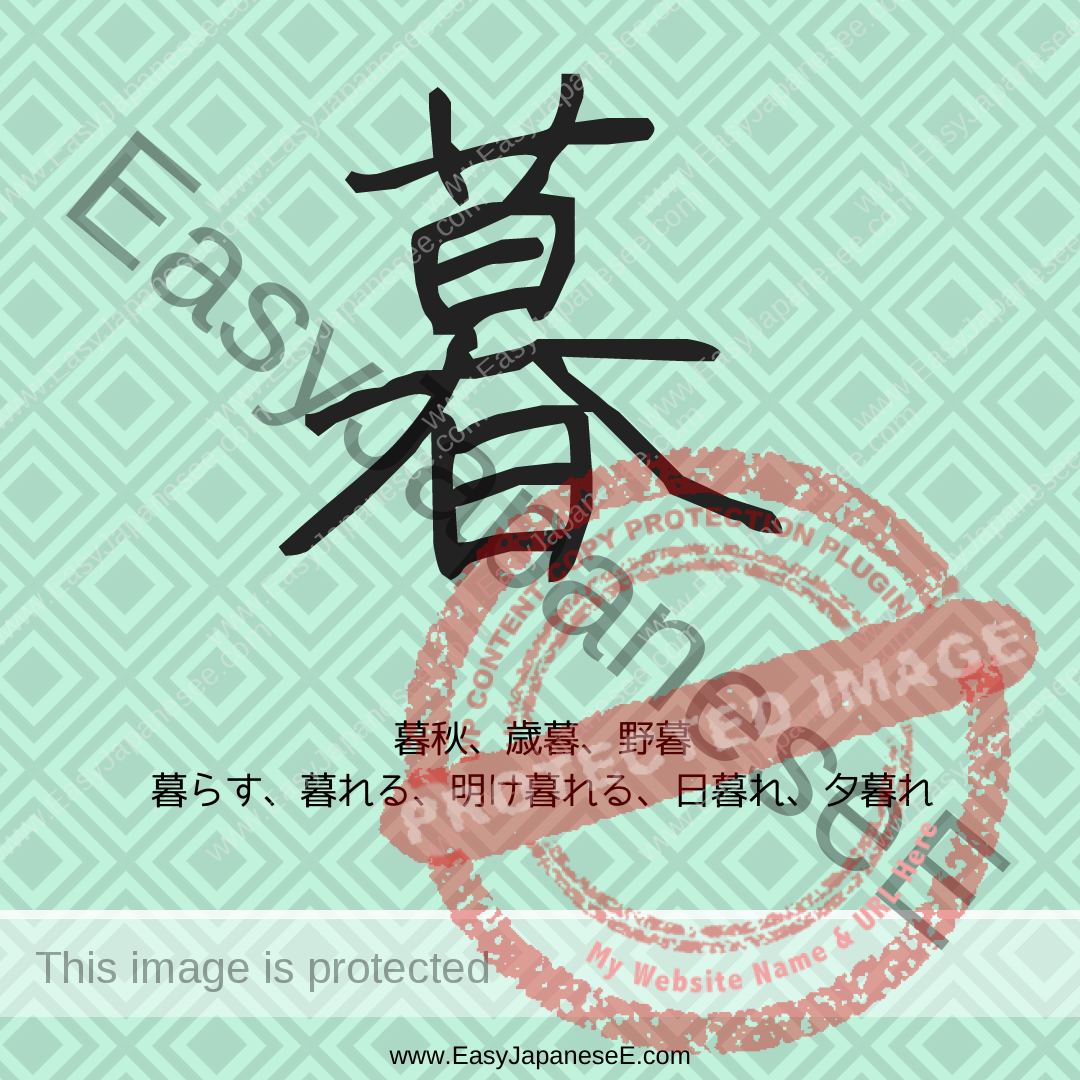
Today’s #kanji is 暮, which is listed under the radical of #ひらび. It is a compound ideograph made of 莫 and 日. 莫 can mean a grassy place and 日 can be hidden in it
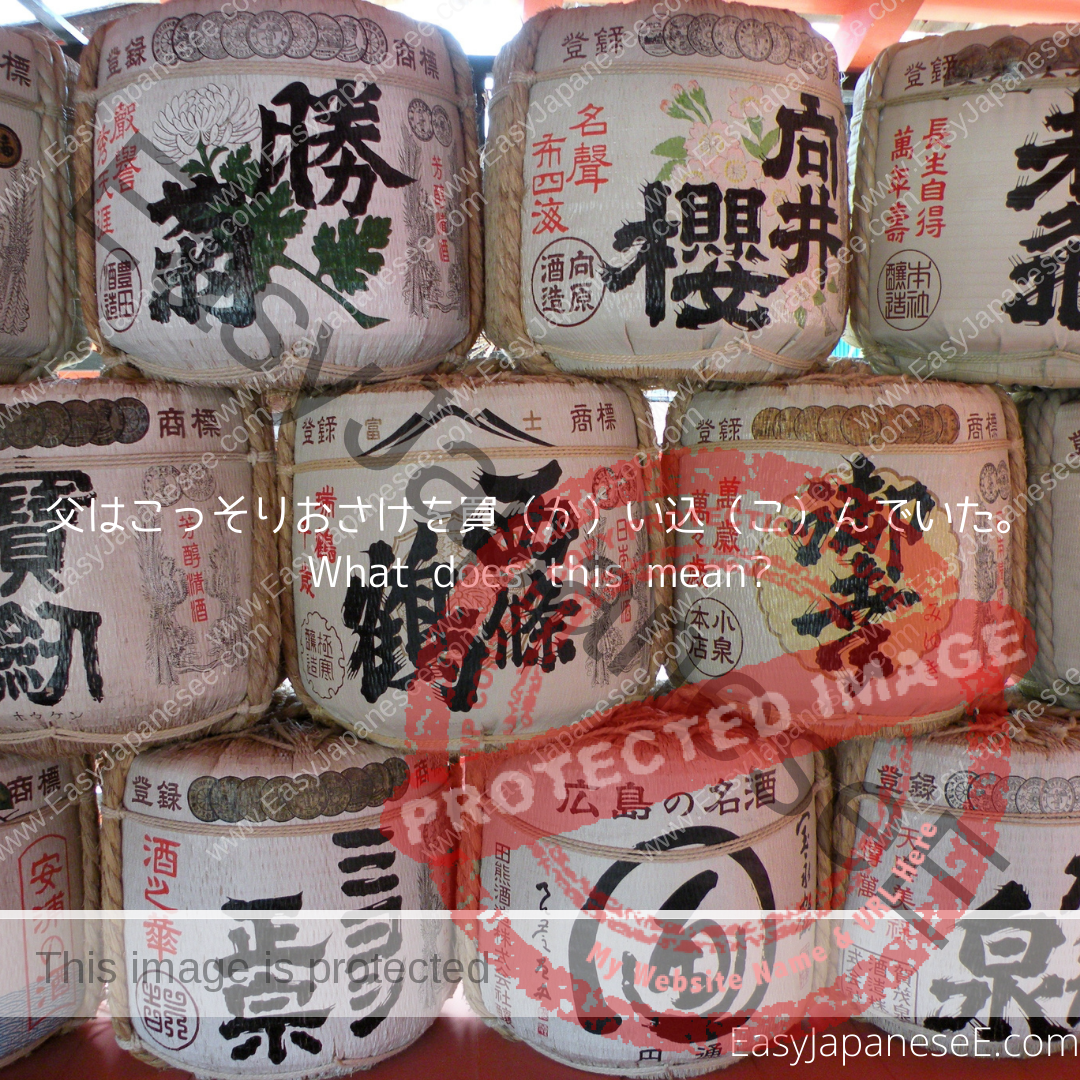
こむ is a verb that has the meaning of “to be crowded” or “to be packed,” but ~こむ is also used as an auxiliary verb that follows the stem of a verb.
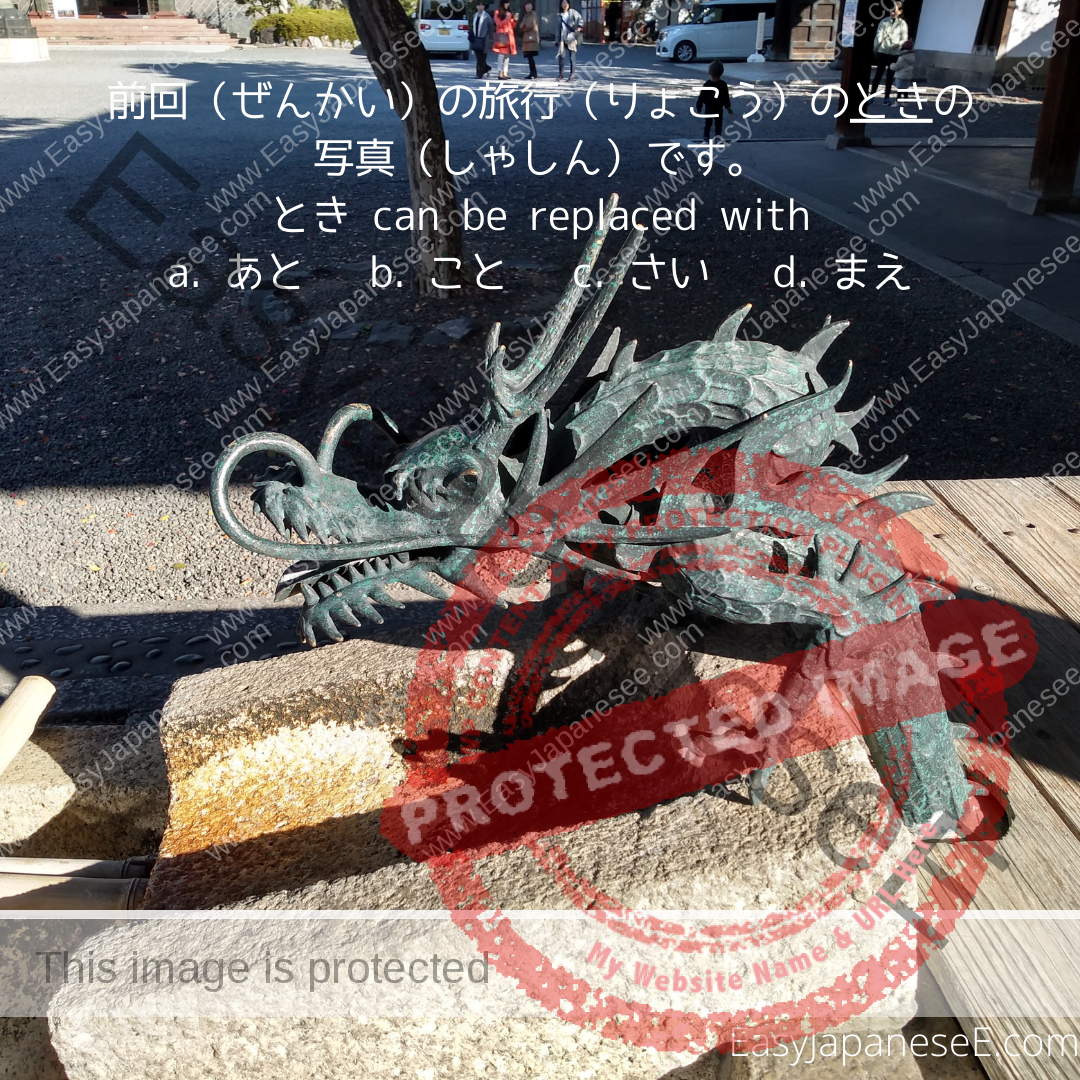
~さい is a very formal alternative for ~とき, which can be translated as “when ~” or “at the time when ~.” ~さい is often used with in an honorific expression.
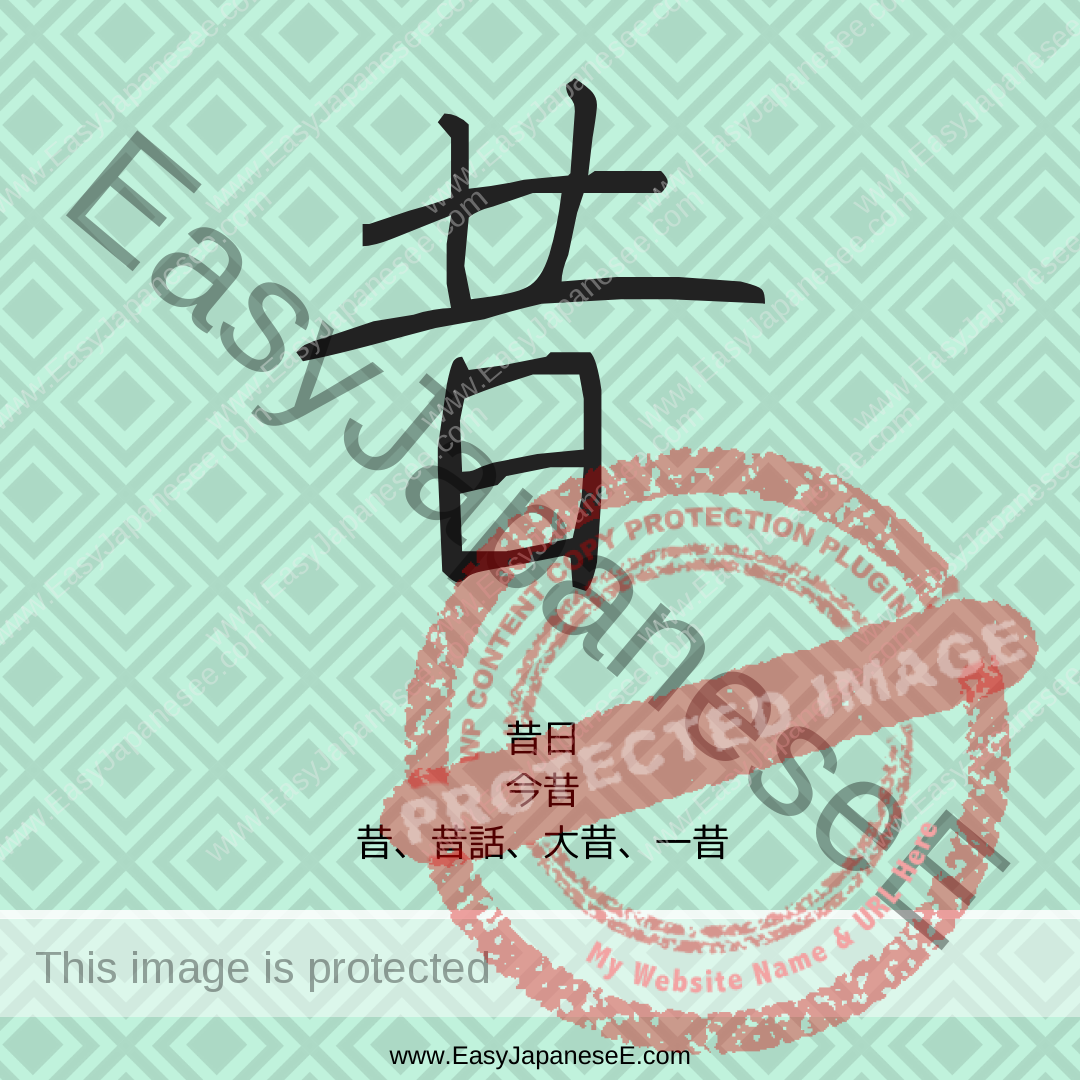
Today’s #kanji is 昔 which is listed under the radical of #ひらび(日). It is a compound ideograph made of 龷 (“piling up”) and 日.
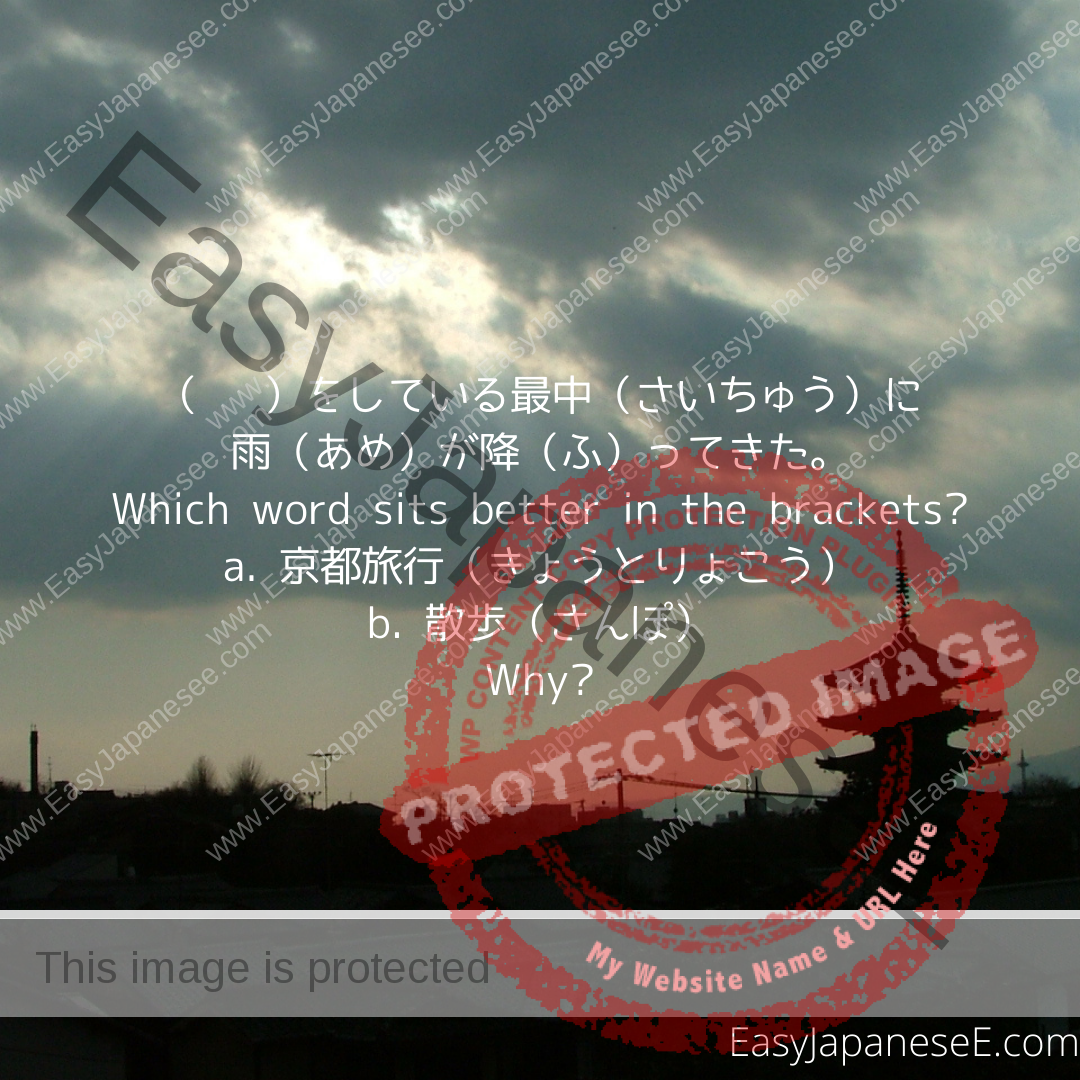
~さいちゅう means “middle of ~” and often used in a rather negative situation where something (usually unexpected) happened in the middle of something important.
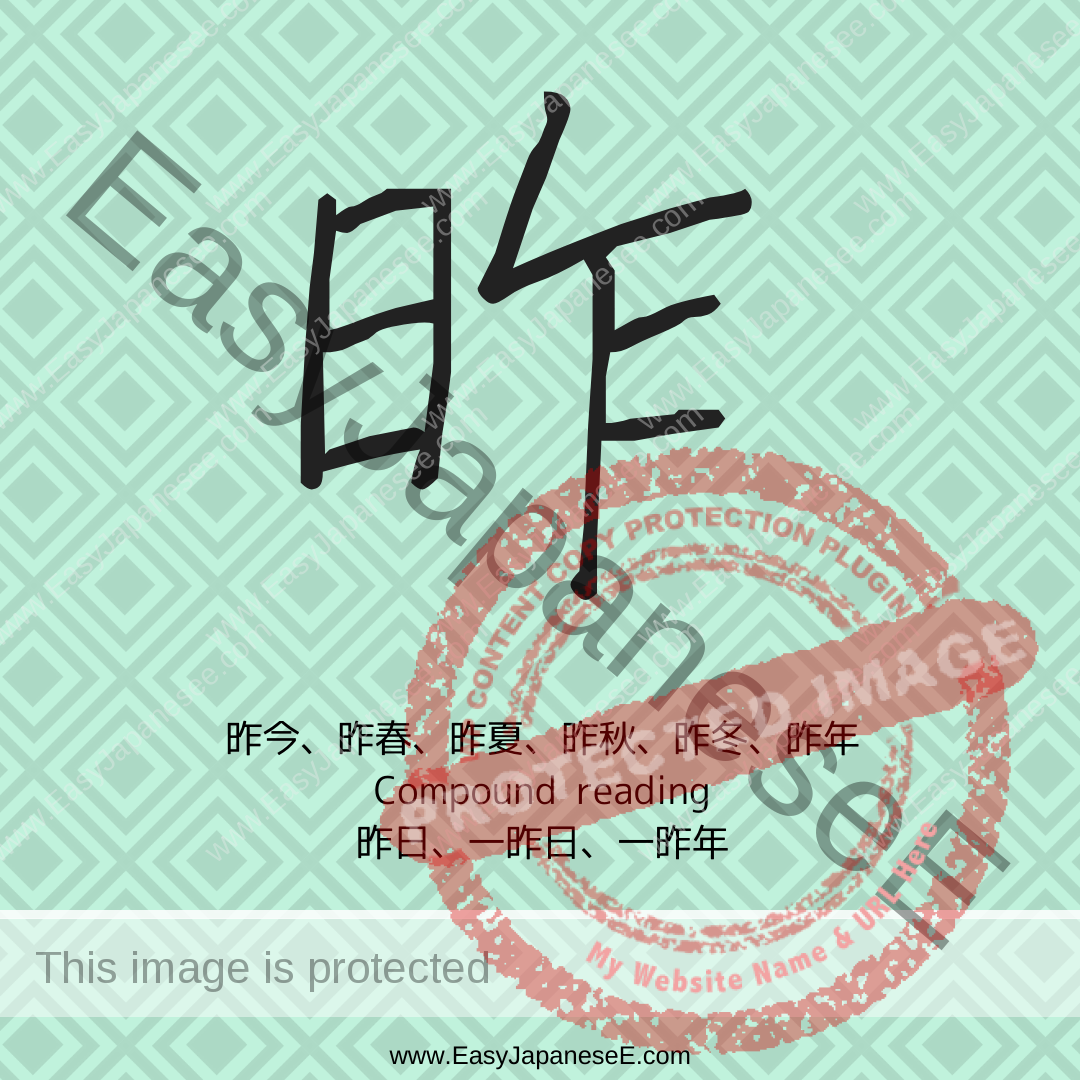
Today’s #kanji is 昨, which is listed its semantic element of #にちへん(日) . Its phonetic element is 乍 which apparently has the meaning of “to separate.”
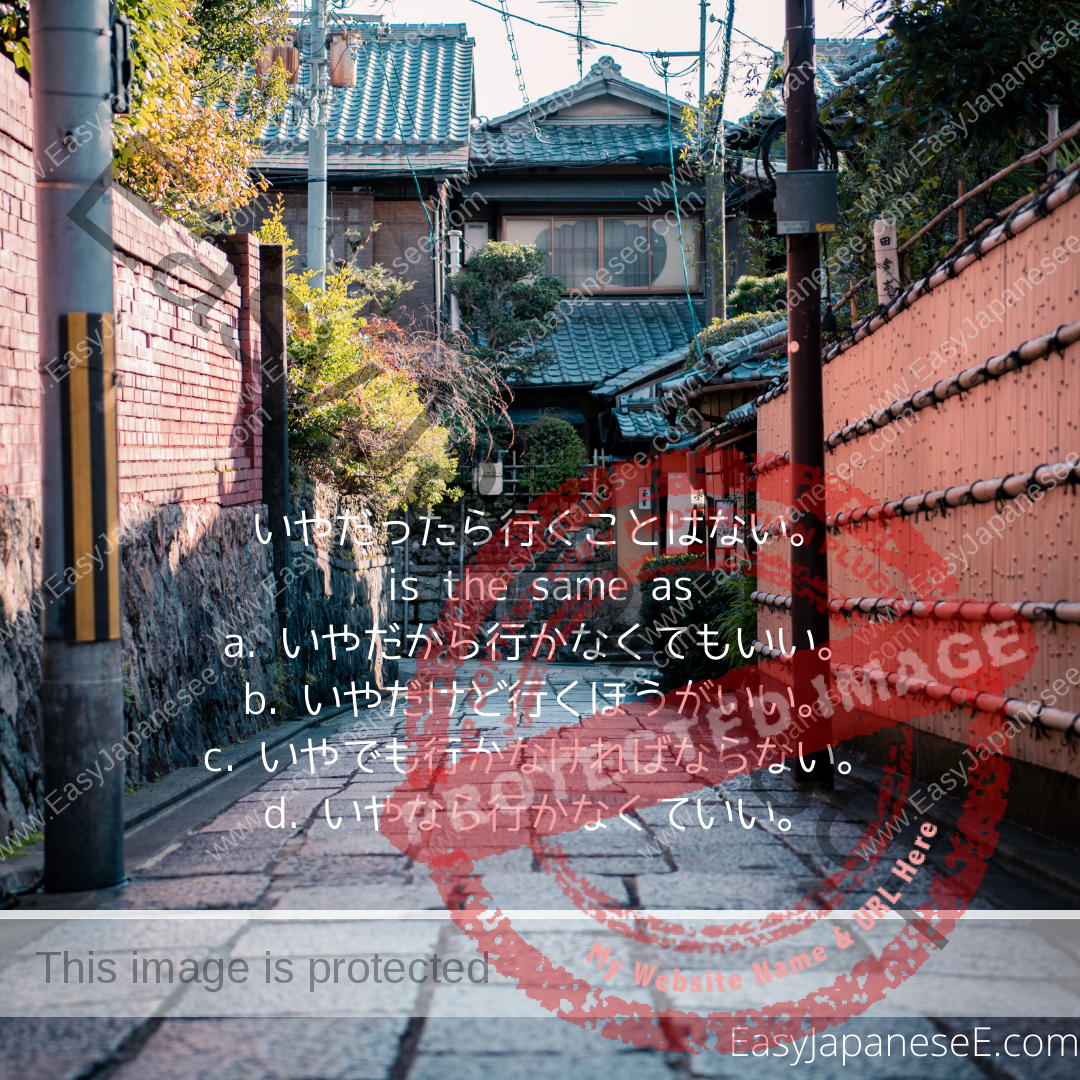
~ことはない is a phrase to give an advice and it means “you shouldn’t ~” or “you don’t need to ~.” You can rephrase it as ~なくていい.
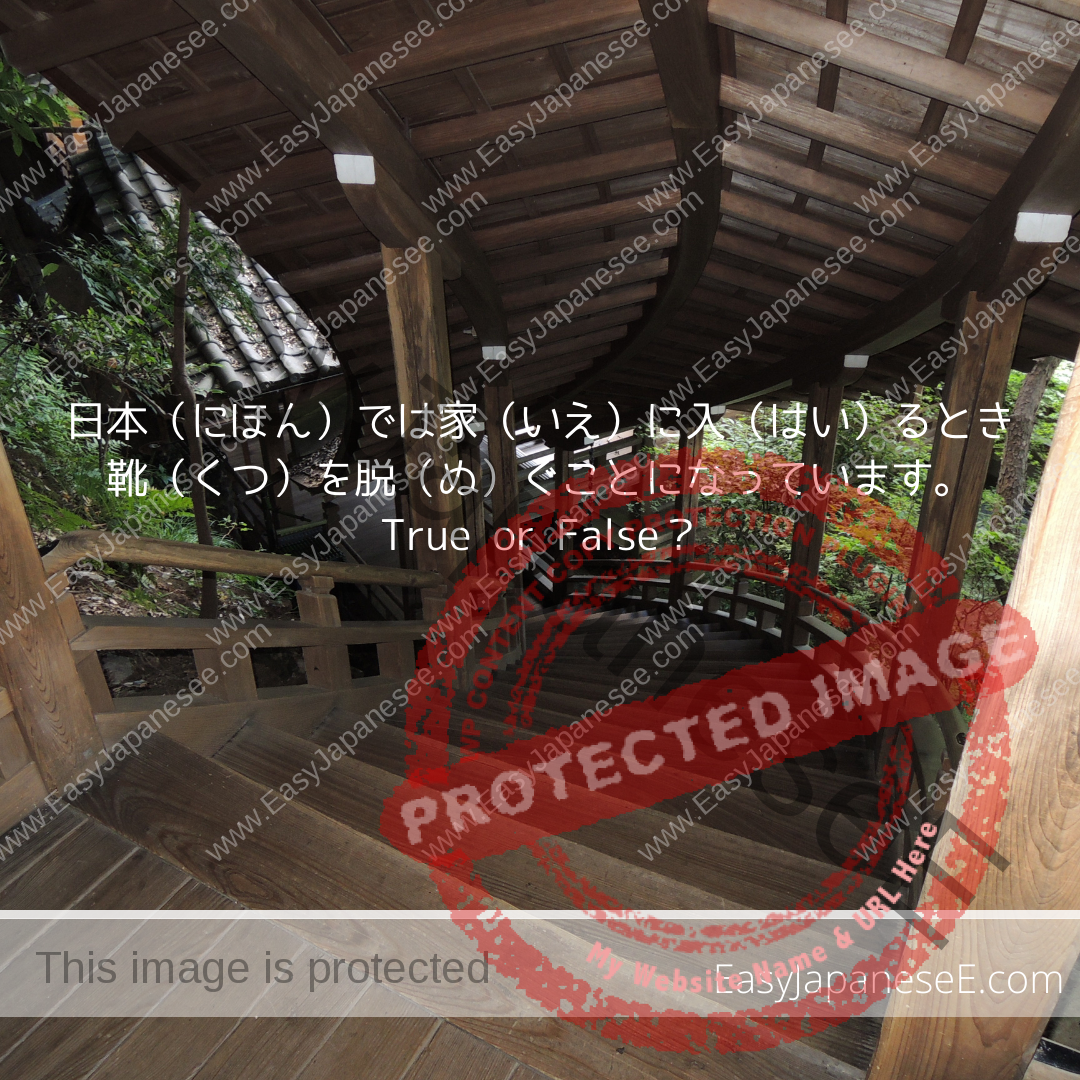
~ことになっている/こととなっている is an expression used to explain established rules. You can use it as a gentle reminder. It is derived from ~ことになる.
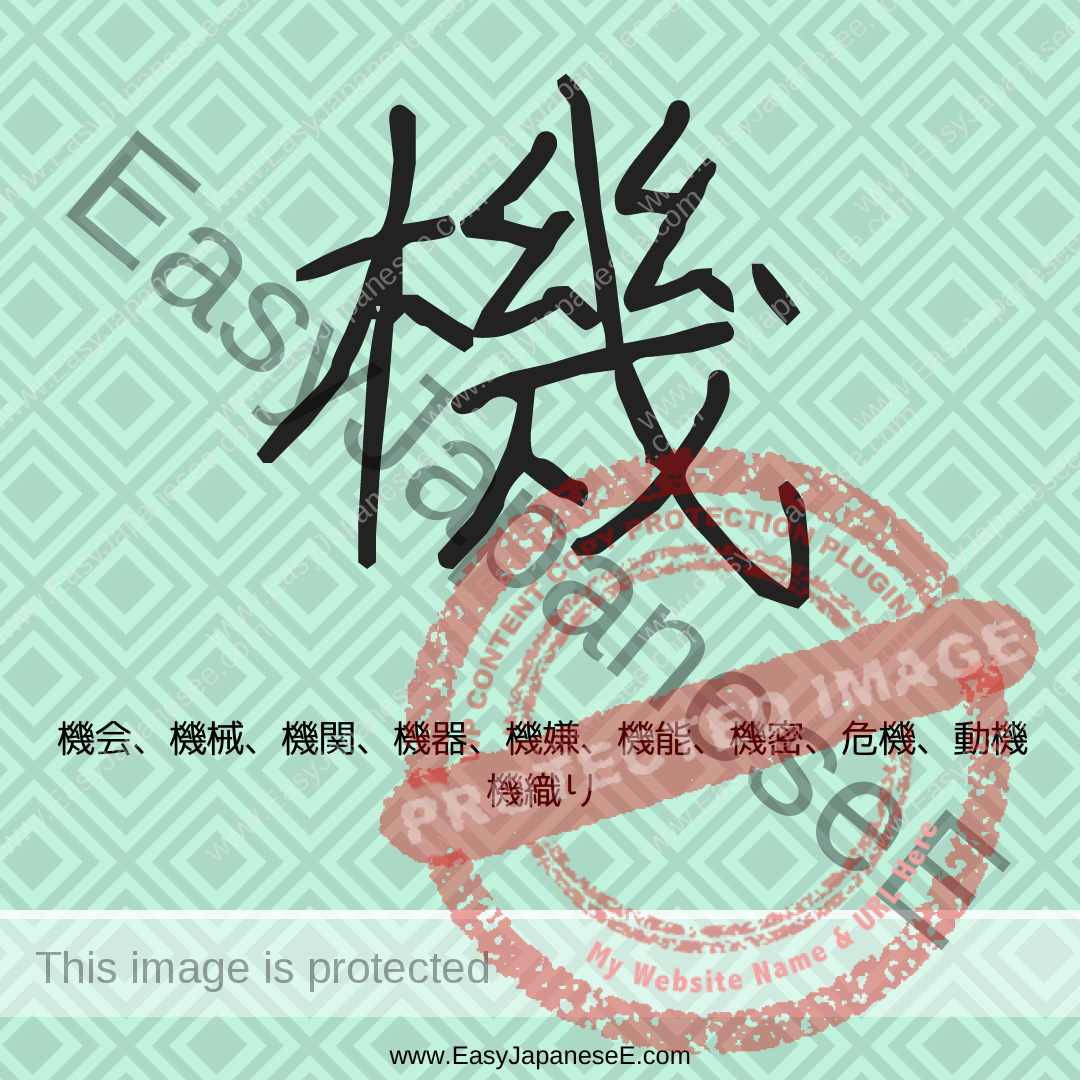
oday’s #kanji is 機, which is listed its semantic element of #きへん(木). Its phonetic element is 幾. 幾 also has a meaning of “being fine.”
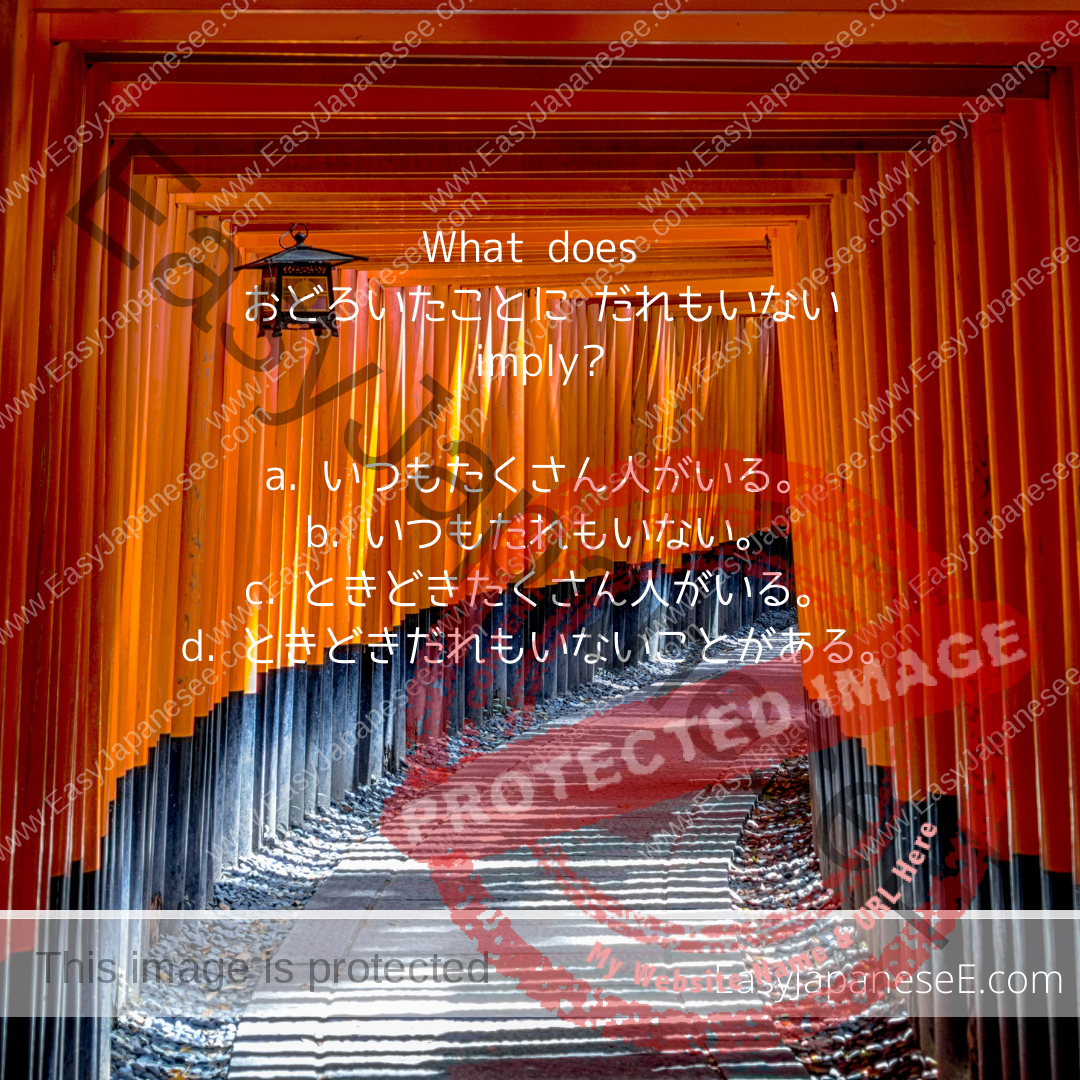
~ことに/~ことには is an expression used to mention how the speaker feels about the situation. It can be translated as “to one’s ~.”
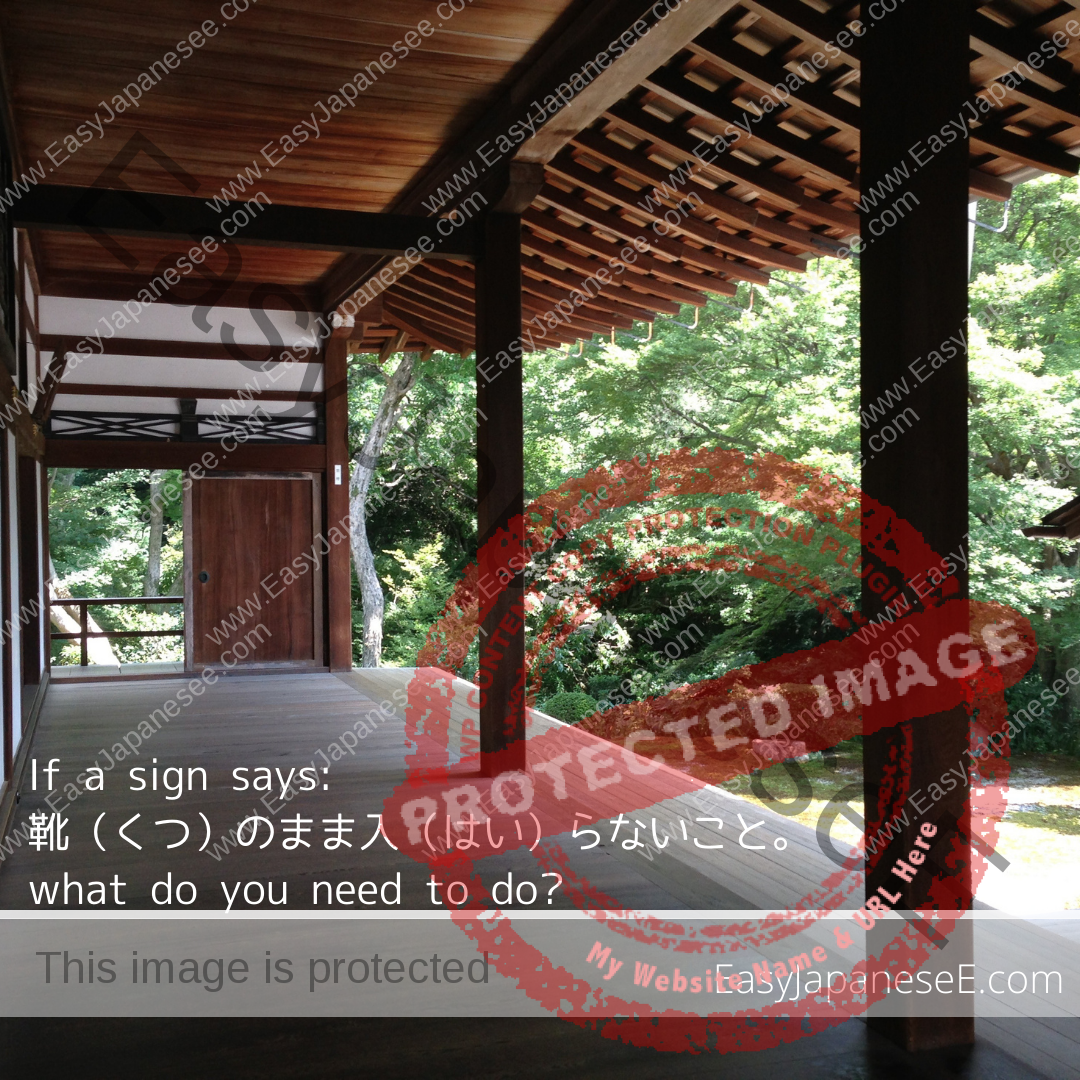
This post is about the ~こと that is used as a command or a suggestion. ~こと is a reasonably gentle plain form command and often used in the point form.

Today’s #kanji is 期, listed under its semantic element of #つき(月). Its phonetic element is 其. Its original meaning was apparently “one round around the moon.”
